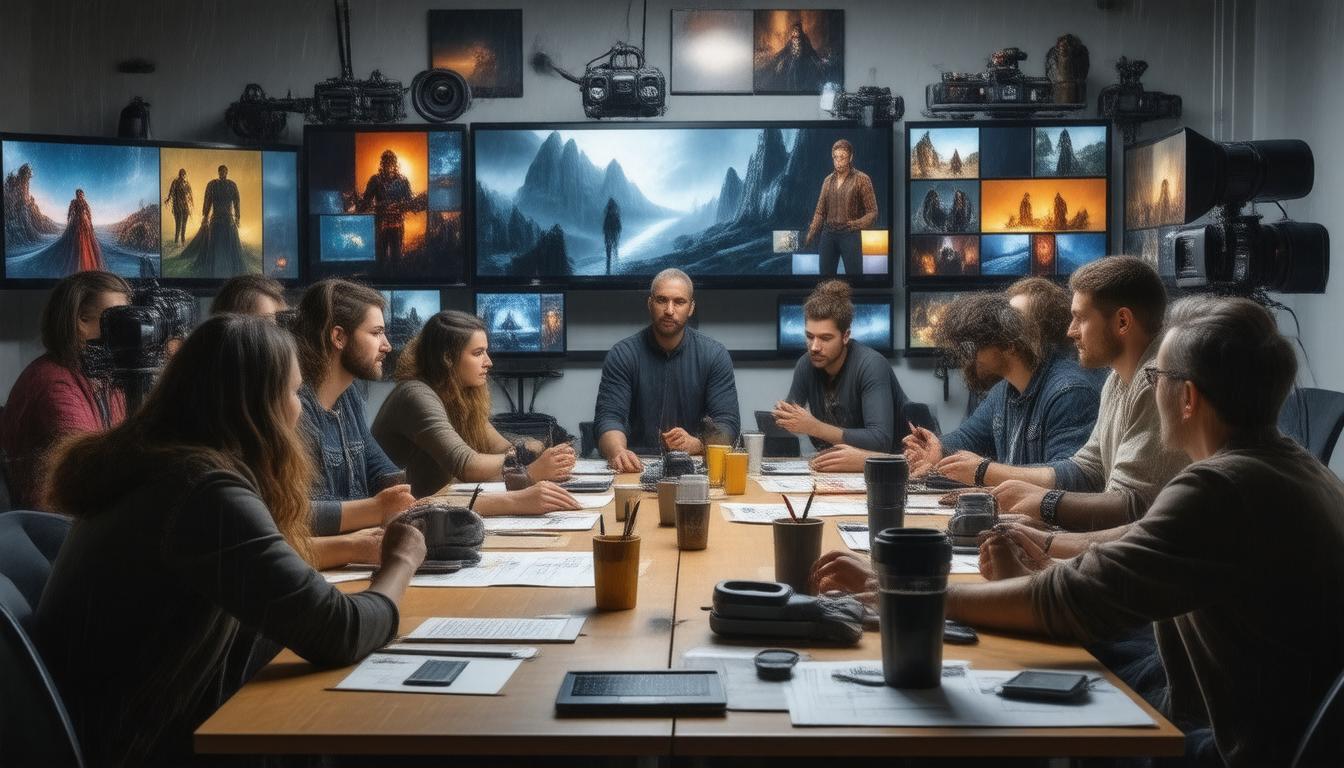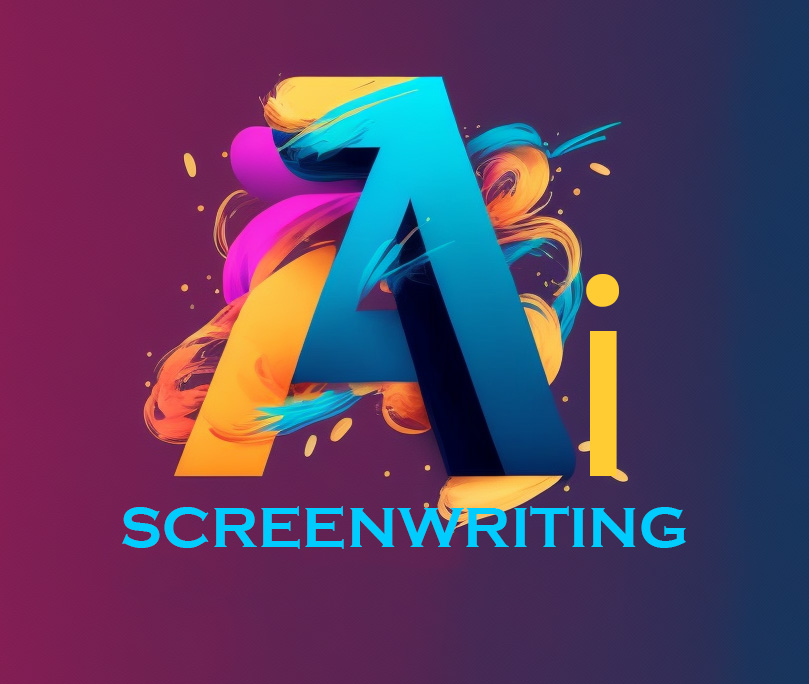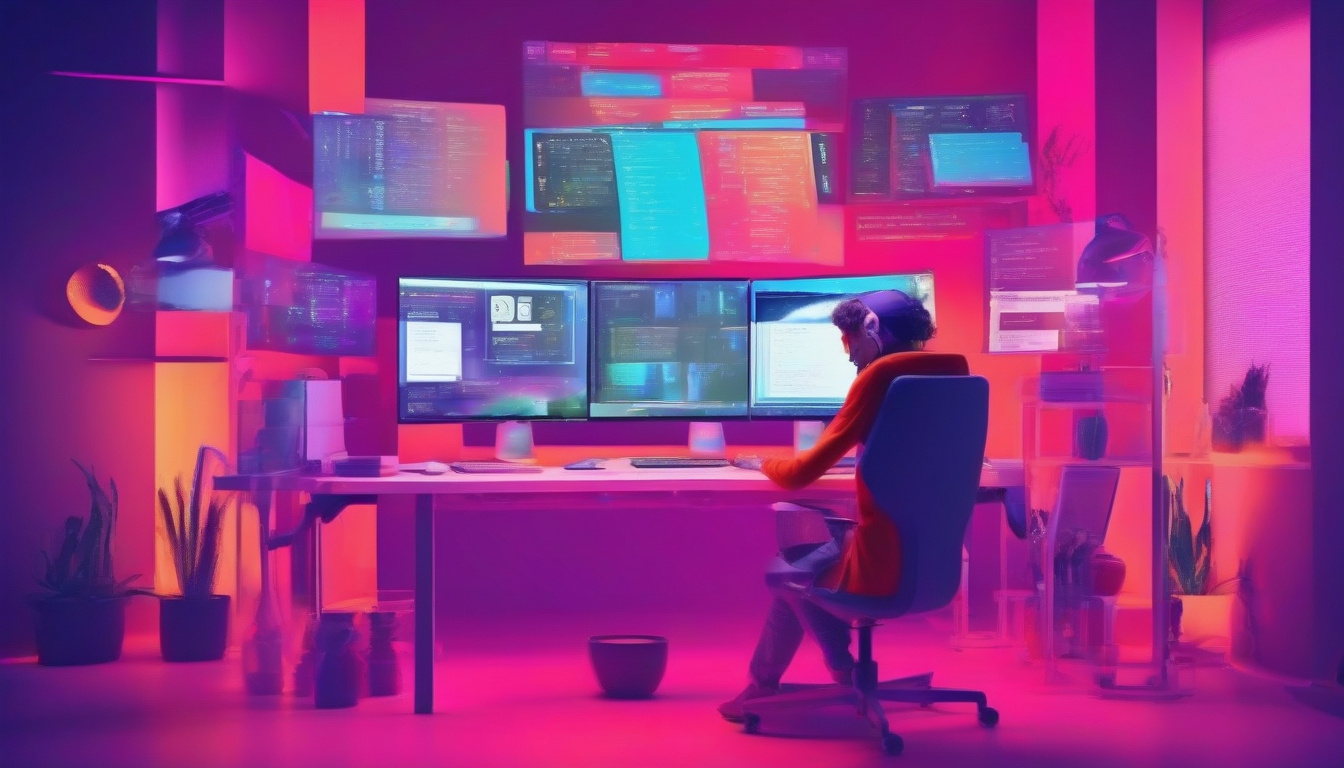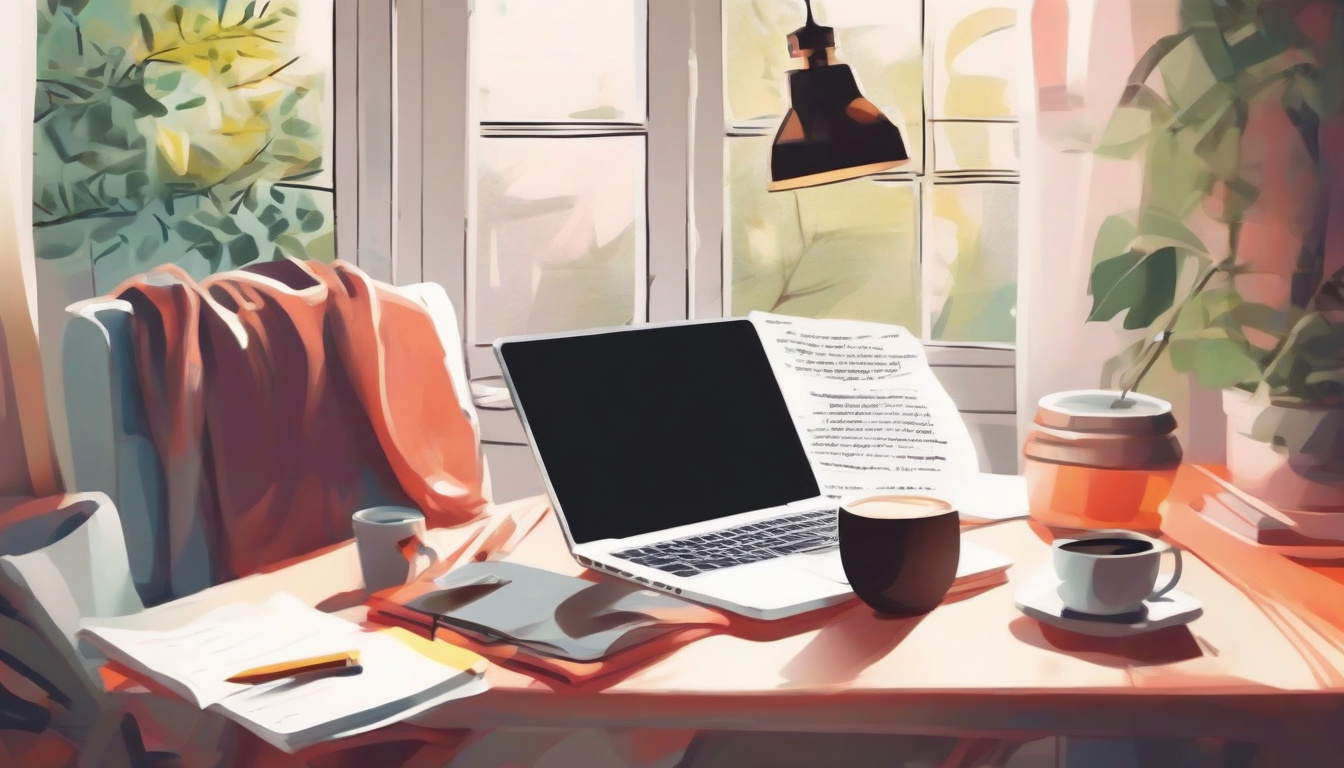
Have you ever binge-watched a TV show, glued to the screen at the edge of your seat, popcorn in hand, whispering ‘just one more episode?’ Welcome to the magical universe of ‘screen narrative!’ Yes, that’s right!
This mystical term isn’t just for film-school nerds and budding screenwriters; it’s the secret sauce that makes your favorite tales on screen pop, fizz, and sparkle like a well-shaken soda can.
So, if you’ve ever wondered what makes your beloved films and series tick, put on your cozy pants, grab a snack, and let’s dive into the whimsical world of screen narrative, where every frame can tell a thousand tales!
The BEST AI Screenwriting Tool In Hollywood!
Key Takeaways
- Screen narrative is crucial for engaging audiences in film and television.
- A strong screen narrative includes well-defined structure, character arcs, and thematic depth.
- Screenwriters can enhance their plots by employing various storytelling techniques.
- Developing relatable protagonists is key to character-driven narratives.
- Effective cinematography and editing are essential for conveying the screen narrative visually.
Understanding Screen Narrative: Definitions and Importance
So, you’ve stumbled into the world of screen narrative, huh?
Fear not, budding filmmaker!
Screen narrative isn’t just a fancy term that screenwriters throw around while sipping overpriced lattes; it’s the backbone of every captivating film or TV show you’ve ever binge-watched.
In the simplest of terms, screen narrative is the way a story unfolds on screen—how characters and events are stitched together to create a spellbinding tale.
Think of it as the GPS guiding your audience through emotional peaks and valleys, ensuring they don’t take a wrong turn into boredom-ville.
Why is it so important, you ask?
Well, without a solid screen narrative, you might as well be serving a gourmet meal on a trash can lid!
It shapes your audience’s experience, evokes emotions, and keeps them glued to their seats, gasping in anticipation of what happens next.
So, if you’re serious about diving into the art of storytelling, understanding screen narrative is your golden ticket to creating must-see content!
The Elements of Screen Narrative: Structure, Character, and Theme
Ah, screen narrative!
That delightful concoction of structure, character, and theme that takes us on rollercoaster rides of emotion while glued to our screens like a toddler to a glowing tablet.
Let’s break it down, shall we?
First off, structure is akin to the sturdy skeleton of your plot, ensuring that without it, your narrative could end up resembling a pile of spaghetti more than a cohesive story (and trust us, nobody wants a narrative that twirls your mind into confusion!).
Next up, we dance with characters—the colorful personalities that prance about on our screens, often reflecting the inner turmoil of our own lives (let’s face it, we all see a bit of ourselves in that villainous yet oddly charming kingpin).
Finally, we arrive at theme, which is the philosophical cherry on top of our cinematic sundae, uniting the fun and the serious like a magical potion of enlightenment.
So, if you’re dipping your toes into the world of screen narrative, remember these elements are your trusty sidekicks as you create a masterpiece that’ll keep audiences at the edge of their seats!
‘The most important thing about art is to work. Nothing else matters except sitting down every day and trying.’ – Steven Pressfield
Crafting a Compelling Plot: Techniques for Screenwriters
Ahoy to all budding screenplay scribblers!
If you’re here to uncover the treasure map to crafting a dazzling screen narrative, you’ve set your sails right.
Now, let’s dive into the deep blue sea of techniques that’ll have your plot sailing smoothly and your characters dancing like they’ve got ants in their pants!
First off, consider the classic three-act structure: it’s like the bread and butter of screenwriting, my dear Watson!
Act one introduces our lovely heroes and dastardly villains, setting the stage for the chaos to come.
By act two, tensions rise like a cake in an oven—give your characters obstacles that would make even Hercules break a sweat!
Finally, act three is where the magic happens; resolutions abound and hearts (hopefully) flutter.
Don’t forget about plot twists!
A screen narrative without a twist is like a donut without a hole—plain and boring!
Spice it up with surprises that make your audience gasp and chuckle in all the right places.
So grab your quills, join the ranks of the clever creators, and let’s plot this thing out like the fabulous screenwriters we aspire to be!
The BEST AI Screenwriting Tool In Hollywood!
Character Development in Screen Narrative: Building Relatable Protagonists
Ah, character development in screen narrative!
It’s like a magical recipe where you spice up your characters just right to make them relatable, engaging, and utterly unforgettable.
Imagine you’re watching a movie where the protagonist is as flat as a pancake—yawn, right?
But, sprinkle in a bit of backstory, a dash of vulnerability, and bam!
Suddenly, you’re rooting for them like a loyal puppy at a dog show.
In screen narratives, well-rounded characters should be flawed but endearing, showcasing their struggles and triumphs with sincerity.
They can be the nerdy underdog or the sassy single mom juggling three jobs, but what really matters is that viewers see a piece of themselves in them.
So, whether you’re crafting a script or just indulging in your binge-watching obsession, remember that good character development in your screen narrative is what transforms ordinary tales into epic sagas that leave audiences shouting for sequels!
Visual Storytelling: The Role of Cinematography in Screen Narrative
Ah, cinematography—the fancy name for the art of visual storytelling that makes our hearts skip a beat while we’re glued to our screens!
Picture this: you’re watching a film and suddenly, that sweeping drone shot of a majestic mountain range fills your screen, and you’re whisked away into another world.
Well, that’s cinematography waving its magic wand!
It’s not just about making things look pretty; it plays a pivotal role in shaping the screen narrative.
Each camera angle, every carefully chosen shot, and the lighting that could light up a gloomy day or cast eerie shadows transforms mundane scripts into visual masterpieces.
For beginners exploring the realms of screen narrative, understanding cinematography is like finding out that the magic wand was actually in your pocket all along—who knew?!
This art form helps to convey emotions, build tension, and guide audiences through complex narratives without uttering a single word.
So, whether you’re creating a riveting short film or trying to decipher your favorite Netflix series, remember: it’s not just what is being told, but how it’s visually represented that keeps us on the edge of our seat!








